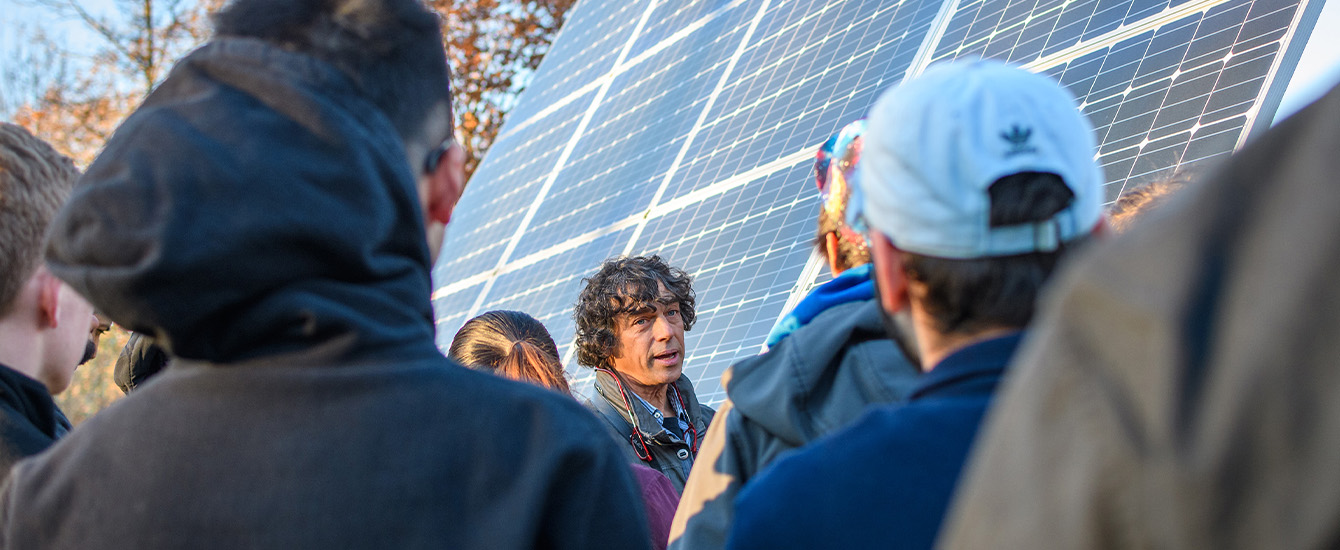Physics
Burrowing dynamics of aquatic worms in soft sediments
Document Type
Article
Abstract
We investigate the dynamics of Lumbriculus variegatus in water-saturated sediment beds to understand limbless locomotion in the benthic zone found at the bottom of lakes and oceans. These slender aquatic worms are observed to perform elongation–contraction and transverse undulatory strokes in both water-saturated sediments and water. Greater drag anisotropy in the sediment medium is observed to boost the burrowing speed of the worm compared to swimming in water with the same stroke using drag-assisted propulsion. We capture the observed speeds by combining the calculated forms based on resistive-force theory of undulatory motion in viscous fluids and a dynamic anchor model of peristaltic motion in the sediments. Peristalsis is found to be effective for burrowing in noncohesive sediments which fill in rapidly behind the moving body inside the sediment bed. Whereas the undulatory stroke is found to be effective in water and in shallow sediment layers where anchoring is not possible to achieve peristaltic motion. We show that such dual strokes occur as well in the earthworm Eisenia fetida which inhabits moist sediments that are prone to flooding. Our analysis in terms of the rheology of the medium shows that the dual strokes are exploited by organisms to negotiate sediment beds that may be packed heterogeneously and can be used by active intruders to move effectively from a fluid through the loose bed surface layer which fluidizes easily to the well-consolidated bed below.
Publication Title
Proceedings of the National Academy of Sciences of the United States of America
Publication Date
12-17-2019
Volume
116
Issue
51
First Page
25569
Last Page
25574
ISSN
0027-8424
DOI
10.1073/pnas.1911317116
Keywords
anchor model, biolocomotion, burrowing, resistive-force theory
Repository Citation
Kudrolli, Arshad and Ramirez, Bernny, "Burrowing dynamics of aquatic worms in soft sediments" (2019). Physics. 88.
https://commons.clarku.edu/faculty_physics/88
Cross Post Location
Student Publications



